
Our vision:
A safe and healthy Kitsap County for all.
Cyanobacteria
The Kitsap Public Health District's Water Pollution Identification & Correction (PIC) program protects public health and prevents fecal pollution in Kitsap County surface waters.
Health District staff sample dozens of streams and swimming beaches across the county for fecal bacteria, an indicator of fecal pollution caused by human or animal waste. Fecal pollution can carry viruses and harmful bacteria that make people sick.
We use water sampling results to notify the public of potential health risks, and to find and fix fecal pollution problems. This helps keep our streams, swimming beaches and shellfish beds safe and healthy for the public to enjoy.
Read the 2025 Water Quality Monitoring Report

Cyanobacteria (also called blue-green algae) are bacteria that grow naturally in water.
Colorful cyanobacteria blooms sometimes appear in local lakes. Blooms can make the water look cloudy or form layers of scum on the water’s surface that look like blue, green, gray or orange paint. Blooms are more common during warm weather, but can happen at any time.
Some cyanobacteria blooms produce toxins. At high levels, these toxins can make people sick and can kill pets and wildlife.
Current Advisories
Active swimming beach, cyanobacteria (blue-green algae), and sewage spill advisories are listed below. Visit our swimming beach monitoring page to learn more and see a list of the beaches we monitor. For shellfish advisories, see our shellfish safety page.
Cyanobacteria Warning
Location:
Kitsap Lake
Start Date:
August 8, 2025
Status:
Active
A cyanobacteria warning has been issued for Kitsap Lake. Avoid all contact with the water in Kitsap Lake due to potentially toxic cyanobacteria, also known as blue-green algae.
There are many different types of cyanobacteria and not all blooms are toxic. The cyanobacteria in Kitsap Lake are known to produce toxins.
Cyanobacteria (blue-green algae) are bacteria that occur naturally in water.
Because toxic cyanobacteria can make people sick, and can kill pets, fish, waterfowl and livestock, the public is advised to:
Avoid all contact with the lake water until further notice. This means no swimming, wading, or types of water play where water could be swallowed or get in the mouth, nose or eyes (especially in areas where blooms are concentrated).
Avoid ingesting lake or stream water. If a resident draws lake water for drinking purposes, they are encouraged to drink bottled water until further notice.
Limit access of pets and livestock to the lake.
Avoid eating fish caught during the algae bloom.
Rinse boats and trailers thoroughly before going to another lake.

Swimmer's Itch
Location:
All Lakes
Start Date:
Status:
Active
Swimmer's Itch (cercarial dermatitis) is caused by an allergic reaction to a parasite.
Swimmers should wear waterproof sunscreen and shower or vigorously towel-off immediately after swimming in a lake.
This list displays water contact advisories that were removed (expired) in the current calendar year. These advisories are no longer in effect. Check the list above for active advisories.
Dyes Inlet
Advisory:
Sewage Spill Advisory
Start Date:
November 3, 2025
Date Removed:
November 10, 2025
Status:
Removed
Port Washington Narrows
Advisory:
Sewage Spill Advisory
Start Date:
October 2, 2025
Date Removed:
October 9, 2025
Status:
Removed
Long Lake
Advisory:
Swimming Beach Closure
Start Date:
August 20, 2025
Date Removed:
August 22, 2025
Status:
Removed
Island Lake
Advisory:
Swimming Beach Closure
Start Date:
June 11, 2025
Date Removed:
June 13, 2025
Status:
Removed
Portion of Liberty Bay/Keyport shoreline
Advisory:
Sewage Spill Advisory
Start Date:
April 30, 2025
Date Removed:
May 7, 2025
Status:
Removed
Stay safe at lakes
Check kitsappublichealth.org/beaches for current cyanobacteria and swimming beach advisories. You can also sign up to receive advisories by email or text.
Watch for cyanobacteria warning signs posted at public beaches, docks, and other public access points.
Keep an eye out for algae blooms and other health hazards. Do not go in the water if you notice unusual colors, scum, or dead fish or animals.
You can report cyanobacteria blooms and other potential health hazards online or by calling 360-728-2235.
What do cyanobacteria blooms look like?
Cyanobacteria isn't always visible in the water.
When blooms first appear, they can make the water look green and hazy.
As blooms develop, they can create a scum layer on top of the water that looks like wet paint.
Blooms can be many different colors: bright or dark green, blue, brown, or rusty orange.
Wind can move blooms around a lake. A bloom can be visible at one end of a lake while water is clear at the other end.
Here are examples of cyanobacteria blooms in local lakes:
Are all cyanobacteria blooms toxic?
Cyanobacteria blooms aren't always toxic. Blooms can start and stop producing toxins at any time. You can’t tell if blooms are toxic just by looking at them, so laboratory testing is needed to confirm toxicity.
What are the health risks to people and animals?
People and animals can get sick from swallowing or swimming in water that has toxic cyanobacteria in it. Cyanobacteria toxins can affect the nerves and liver.
Symptoms of cyanobacteria poisoning in people include:
Numbness or tingling of the lips, fingers, and toes,
Dizziness
Stomach pain
Diarrhea
Vomiting
Skin irritation or rash
Contact a healthcare provider right away if you have symptoms of cyanobacteria poisoning.
Symptoms in animals include:
Weakness
Staggering
Difficulty breathing
Convulsions
Death
Contact a veterinarian right away if your pet has symptoms of cyanobacteria poisoning.
Is it safe to go fishing or eat fish during a cyanobacteria bloom?
We recommend avoiding contact with lake water as much as possible during a cyanobacteria bloom. Wash your skin thoroughly with soap and clean water if you have contact with the lake water.
Cyanobacteria toxins can collect in fish tissue and organs. If you choose to eat the fish, we recommend removing all fat, skin and organs from the fish and the fillets should be rinsed thoroughly before eating.
How does Kitsap Public Health respond to cyanobacteria?
Kitsap Public Health District does not actively monitor for cyanobacteria in all Kitsap lakes.
Kitsap Public Health investigates reports of cyanobacteria blooms in Kitsap County lakes with public access. Our employees will collect water samples if a bloom is present.
Our role is to watch known blooms in Kitsap lakes with public access. We are not responsible for removing the cyanobacteria.
If the types of cyanobacteria identified in the sample are known to produce toxins, Kitsap Public Health will issue a cyanobacteria warning:
Warning signs are posted at public access points at the lake.
The warning is posted on the Advisories page on our website.
The warning is sent to subscribers as an email and text bulletin.
We lift cyanobacteria warnings when tests confirm that the bloom is not producing toxins and the bloom has not been visible for at least two weeks.
How can I help prevent cyanobacteria blooms?

Cyanobacteria can grow in any body of water. Blooms occur in urban lakes surrounded by buildings and in rural lakes set in natural landscapes.
Like plants in a garden, cyanobacteria need sunlight and nutrients to grow.
Landscaping and agricultural products like fertilizer and lawn additives can be washed into streams and lakes, adding nutrients to the water. This can contribute to cyanobacteria blooms.
You can help prevent cyanobacteria blooms by using natural landscaping products and controlling runoff from your property.
Learn more about natural yard care in Kitsap here.
What about algae control programs for lakes?
Algae and vegetation treatment programs can be used to reduce harmful blooms in lakes.
Municipalities and homeowners associations can hire contractors to conduct algae treatment programs in lakes with ongoing algae issues.
Examples of successful treatment programs can be seen at Kitsap Lake and Long Lake.
Kitsap Public Health District does not conduct algae control programs.
More cyanobacteria resources
Cyanobacteria | Washington State Department of Health
Toxic Algae | NW Toxic Algae
Natural Yard Care Guide | Kitsap County
Lake and Beach Management Districts for local governments


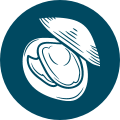
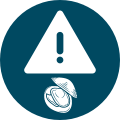


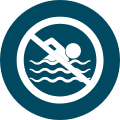











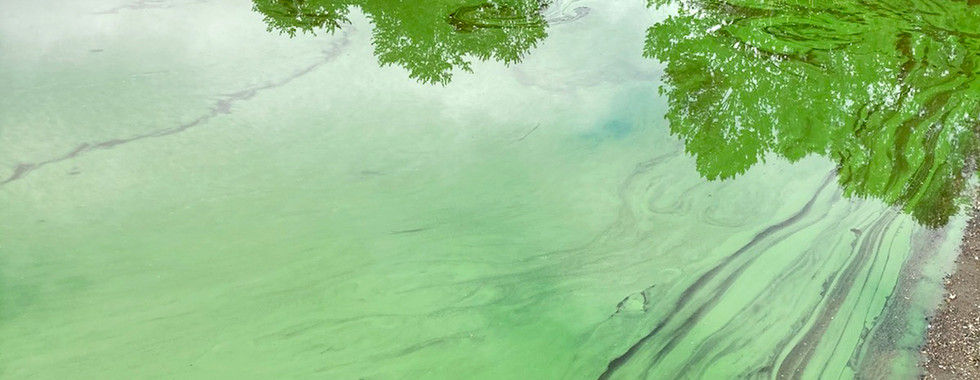
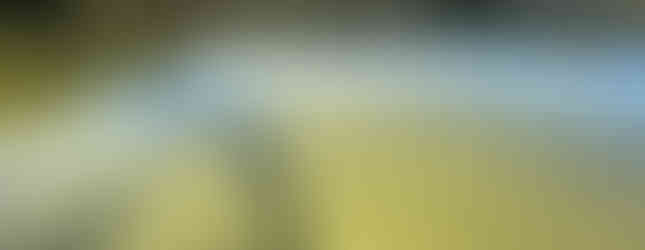


.png)
